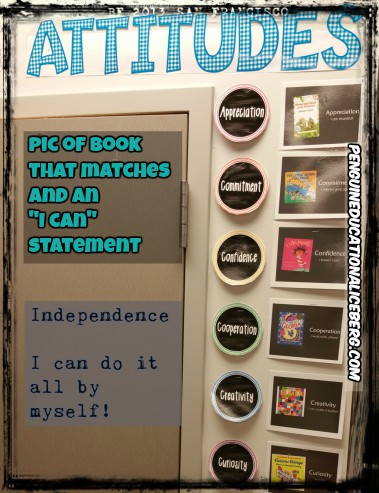The minefield of becoming an International Baccalaureate, IB School operating under the Primary Years Programme umbrella was exhausting, exciting, frustrating, overwhelming, and full of “mind-blowing” surprises. Now that our campus is on the other side of being a Candidate School (4 years) and the initial shock has subsided, I’m grateful to have survived to tell the tales. When pondering how in the world to begin to share my “We’re going IB!” experiences, I was filled with the same dread I felt reading “Making the PYP Happen” for the first time. I couldn’t make sense of it or organize my thoughts because it was “too much, too much.”

So how to eat this elephant? One picture at a time.
I’ve decided to explore pictures from my classroom and share IB topics as I come across them and try not to go through my IB journey in some chronological order, because that would probably mean another year would go by, without any posts, as I struggled with where to begin. 🙂 There were so many IB components to become familiar with and terms to learn, my mind was overwhelmed. I couldn’t imagine how my kiddos would feel. In addition, our State and District Kindergarten/1st Grade Social Studies objectives were still very much a factor in our lesson planning. Social Studies in Kinder and First is all about getting along in groups (family, classroom, school community) and learning about yourself. We (my K-1 Looping Team~ absolutely the best team ever to be a part of) determined to focus on trying to make the Learners’ Profile and Attitudes more accessible to our kiddos; a real world connection. Before the kiddos could even begin to use the terminology, they had to experience it, live it.

Since kiddos love a good story that will be our tool. From our many inservices, we had book lists of titles to serve as our mentor text for each attitude.
There are ooddles of Powerpoints of relevant books, just google it, there are great sources for book lists to teach the “attitudes”.


When you begin to collect books, you’ll be surprised as we were, that you already have many of them in your current library. We decided to put the books in a central location, so they would be ready when we were ready to share them. Our goal is to have three copies of each title.With so many titles from different grade levels floating through our building, now came the task of how to organize them. Who wants to be pulling out the book list and spend time checking when you needed one? Or searching through your library for a title? I love labels. I love when things have a happy home. We used the Avery US Letter #8395 self-adhesive name badges template and labels. Each label has the corresponding attitude and grade level.
As an introduction to the “Attitude”, I share the book and focus on what makes the book a good example of that particular attitude, really focusing on the attitude’s definition. Your group will dictate whether you read the book in sections or in its entirety. We discuss how the character(s) displayed that particular attitude: site examples, be specific. Over a week or so, I would share the book about 3 times. With each reading/discussion, we would highlight and chart the examples of the attitude, the more, the merrier, makes for an awesome anchor chart. Once a book has been shared and discussed, I switch out the bottom circle (velcro on a recycled cookbook stand) back to it’s spot on the wall and change out the book. If you’re interested in the cute chalkboard circles, see Ms. Murdoch’s store.
Once a book has been shared and discussed, I switch out the bottom circle (velcro on a recycled cookbook stand) back to it’s spot on the wall and change out the book. If you’re interested in the cute chalkboard circles, see Ms. Murdoch’s store.
This arrangement has made it easier for me to teach the attitudes and not feel like I was just glossing over them. I prepared extra labels to label books in my classroom library that weren’t in the grade level community tub. I did this for my readers who wanted to explore more on their own. A tub of books was provided for choosing during free reading time. The labels gave them the independence to identify the specific example for themselves.
Until next time, happy labeling and strengthening your attitudes,


